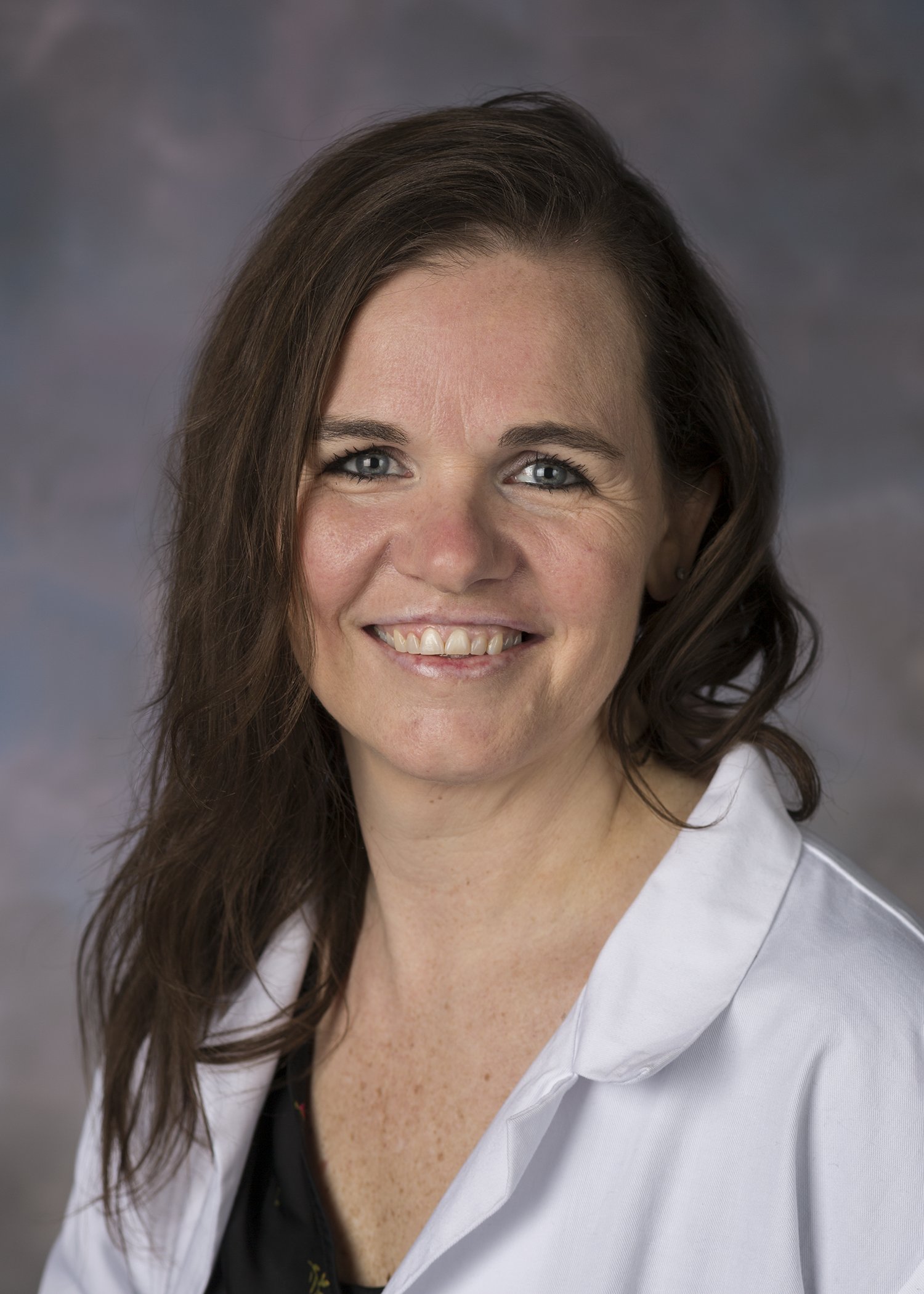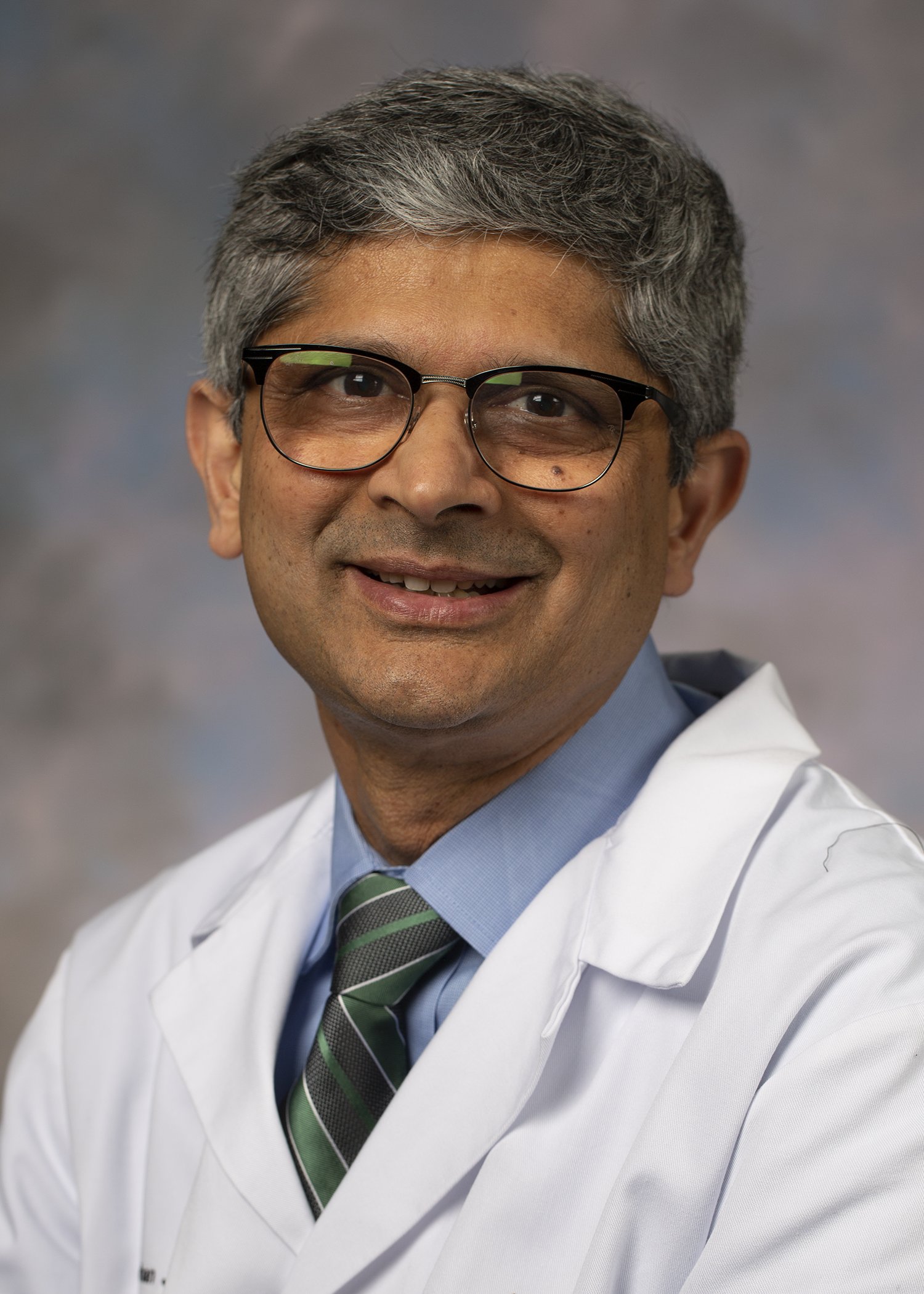Addition of a Radiation-Free Evaluation and Parent-Chosen Feeding Method Leads to Superior Outcomes for Infants With Swallowing Difficulties
Addition of a Radiation-Free Evaluation and Parent-Chosen Feeding Method Leads to Superior Outcomes for Infants With Swallowing Difficulties https://pediatricsnationwide.org/wp-content/themes/corpus/images/empty/thumbnail.jpg 150 150 Katie Brind'Amour, PhD, MS, CHES Katie Brind'Amour, PhD, MS, CHES https://pediatricsnationwide.org/wp-content/uploads/2021/03/Katie-B-portrait.gif- December 22, 2021
- Katie Brind'Amour, PhD, MS, CHES
A recent NIH-NIDDK-funded study suggests that application of novel high-resolution manometry along with guided parental involvement can improve oral feeding success for infants with swallowing difficulties.
The prevalence of swallowing difficulties among neonatal intensive care graduates is increasing. Swallowing difficulties or dysphagia in infants are associated with airway and digestive consequences often presenting with signs such as apnea, desaturation, choking, coughing, aspiration, bradycardia, poor endurance or the inability to be fed completely by mouth. Safe oral feeding avoids the need for long-term tube-feeding but is sometimes difficult to achieve in high-risk infants, resulting in selection of gastrostomy or chronic tube feeding, both of which have undesirable short-term and long-term consequences.
Exclusive, safe oral feeding without risk of aspiration or airway-digestive signs is required prior to hospital discharge, so infants with swallowing or feeding difficulties often undergo dynamic x-ray imaging or a video-fluoroscopy swallow study (VFSS) to help identify the root cause of the problem. Now, research from clinical-translational investigators at Nationwide Children’s Hospital suggests the adoption of high-resolution manometry (HRM), followed by consistent and guided parental involvement with the feeding process, results in improved ability to achieve exclusive oral feeding.
Although VFSS can offer important functional and mechanical information about aspiration and penetration of radiological contrast material through the vocal cords, the procedure requires feeding children with a barium sulfate solution (which is physiologically different than milk feeding) and only captures the beginning of a limited feeding session (about 2-3 minutes) in order to limit radiation exposure. Natural oral feeding sessions can be 20-30 minutes long.
“VFSS can only assess the first several swallows and it’s not a natural feeding setting — the barium-containing solution tastes different than formula or breastmilk and the infant is placed in a seat either upright or side-lying for standardization,” says Erika Osborn, NNP, nurse supervisor of the Neonatal and Infant Feeding Disorders Program at Nationwide Children’s and contributing author on the clinical study recently published by the program’s research team in Scientific Reports. “During manometry, we can do an entire feed with the baby’s actual typical food, including studying them while breastfeeding or with adjustments in position or formula thickness. We believe this offers a better option for recognizing mechanisms of swallowing difficulties and reassessing babies as needed, without exposing them to radiation.”


Sudarshan Jadcherla, MD, director of the Neonatal and Infant Feeding Disorders Program at Nationwide Children’s, along with Osborn and colleagues, assessed 109 infants with feeding difficulties, 60 of whom received HRM evaluations and parent-selected feeding methods in addition to VFSS. Controls received standard care: VFSS followed by physician recommendation of a feeding modification, such as adjusting nipple flow rate, formula thickness or feeding position.
The parent-selected approach did not alter growth velocity or significantly affect hospital length of stay, but exclusive oral feeding by discharge (or 4 weeks, whichever came first) was 85% among the study participants vs 65% of infants in the control group (p=0.008).
“Looking to the future, we feel that doing HRM can give us the same or better information compared to VFSS,” says Osborn, who suggests delaying VFSS use and incorporating parents into the decision about feeding process when possible, even in institutions without access to HRM. “It’s not necessary to go straight to VFSS in cases where the baby is physiologically stable and managing to feed — even with some coughing and choking, which can be normal adaptations to keep milk away from the airway. If you watch their respiratory needs and can see how they are doing over the duration of a feeding, that’s what is most important.”
The team suggests the improvement even in cases with some penetration and aspiration could be due to greater parental understanding and comfort with the child’s particular functional issues and feeding approach. They also note that some such difficulties can be addressed successfully with simple changes in feeding approach once HRM reveals more about timing and duration of the problems.
“Swallowing is a complex process involving several cranial nerves and several groups of muscles, along with neural centers coordinating integration of multiple systems in ensuring safe swallowing without physiological derangement. There is no single diagnostic test that can assess this at the crib-side,” says Dr. Sudarshan Jadcherla, who is also a principal investigator in the Center for Perinatal Research at the Abigail Wexner Research Institute and first author on the recent study. “Our research has laid the foundations to delineate the mechanistic approach and ascertain the normal and abnormal mechanisms. Every baby is unique, and understanding the pathophysiological mechanisms for the presenting signs related to swallowing can provide guidance to precision medicine opportunities.”
Such approaches provide confidence to clinicians in recommending modifications to the feeding process, as well to guide parents in providing personalized feeding strategies. Among children without penetration or aspiration, oral feeding success was 38% higher among study participants; among children with penetration, it was 55% higher, and among children with aspiration it was 15% higher. The innovative study approaches helped prevent the long-term consequences of gastrostomy or chronic tube feeding.
Oral feeding enhances short-term and long-term development in infants while limiting health care costs. Besides, the joy for parents is profound and unmeasurable.” — Sudarshan Jadcherla, MD
“Oral feeding enhances short-term and long-term development in infants while limiting health care costs,” says Dr. Jadcherla, who is also a professor of pediatrics at The Ohio State University College of Medicine and the Nationwide Foundation Endowed Chair in Neonatology. “Besides, the joy for parents is profound and unmeasurable.”
HRM assessment is offered to NICU infants with swallowing difficulties at Nationwide Children’s, and parents are routinely involved during the evaluation and selection of feeding approaches. In cases where more insight is required on penetration or aspiration during feeding initiation, VFSS is also conducted. The goal of this revised approach is to minimize radiation exposure in high-risk infants whose health is already vulnerable while preserving a high-quality, informative, and more natural and comprehensive feeding assessment for the child.
The Neonatal and Infant Feeding Disorders Program is one of the few in the world capable of conducting HRM studies in NICU infants. This group is frequently consulted on challenging cases from other institutions. The team is now investigating the use of HRM among children with and without neurological disorders who have swallowing difficulties, in another NIH-NIDDK funded study.
Reference:
Jadcherla SR, Hasenstab KA, Osborn EK, Levy DS, Ipek H, Helmick R, Sultana Z, Logue N, Yildiz VO, Blosser H, Shah SH, Wei L. Mechanisms and management considerations of parent-chosen feeding approaches to infants with swallowing difficulties: an observational study. Science Reports. 2021 Oct 7;11(1):19934.
Image credits: Nationwide Children’s
About the author
Katherine (Katie) Brind’Amour is a freelance medical and health science writer based in Pennsylvania. She has written about nearly every therapeutic area for patients, doctors and the general public. Dr. Brind’Amour specializes in health literacy and patient education. She completed her BS and MS degrees in Biology at Arizona State University and her PhD in Health Services Management and Policy at The Ohio State University. She is a Certified Health Education Specialist and is interested in health promotion via health programs and the communication of medical information.
-
Katie Brind'Amour, PhD, MS, CHEShttps://pediatricsnationwide.org/author/katie-brindamour-phd-ms-ches/April 27, 2014
-
Katie Brind'Amour, PhD, MS, CHEShttps://pediatricsnationwide.org/author/katie-brindamour-phd-ms-ches/April 27, 2014
-
Katie Brind'Amour, PhD, MS, CHEShttps://pediatricsnationwide.org/author/katie-brindamour-phd-ms-ches/April 27, 2014
-
Katie Brind'Amour, PhD, MS, CHEShttps://pediatricsnationwide.org/author/katie-brindamour-phd-ms-ches/April 28, 2014







